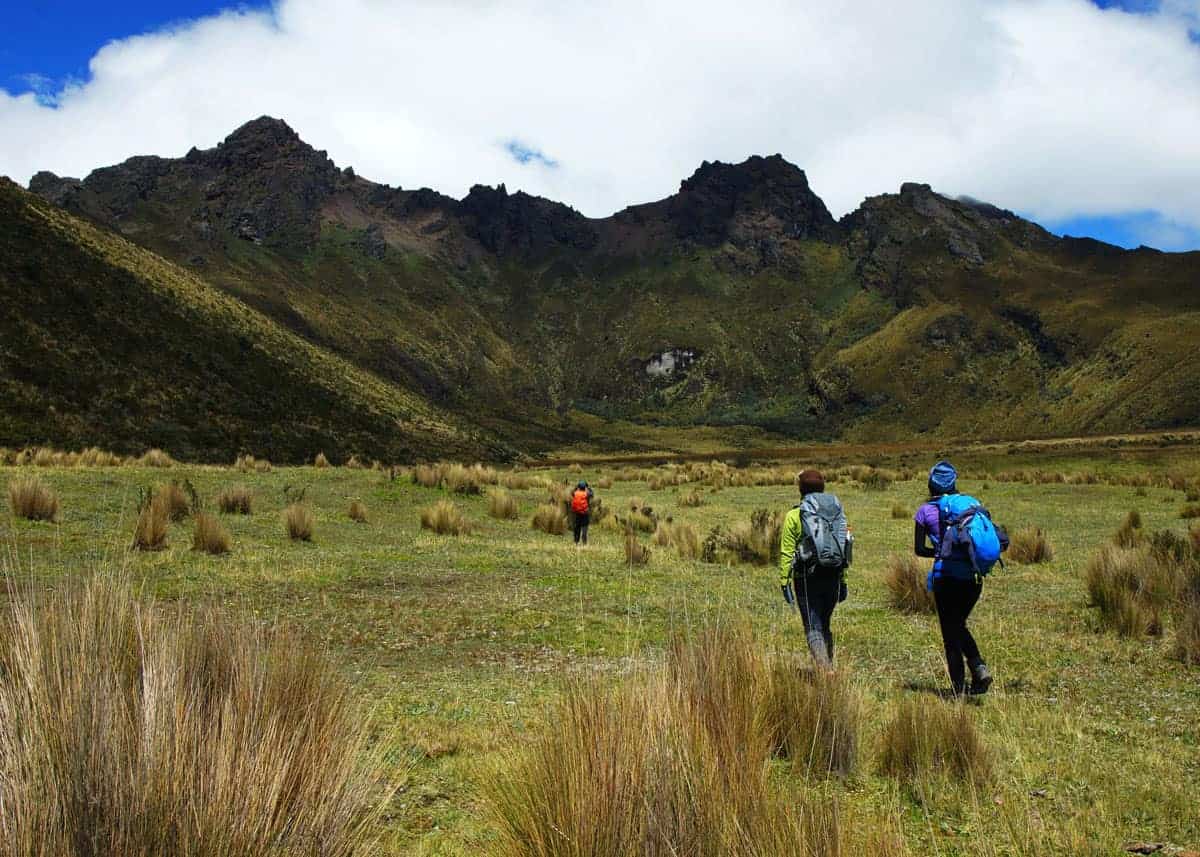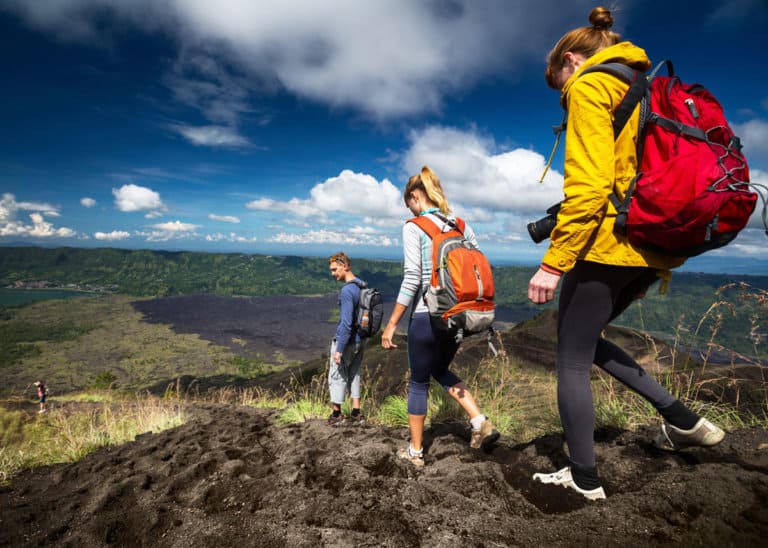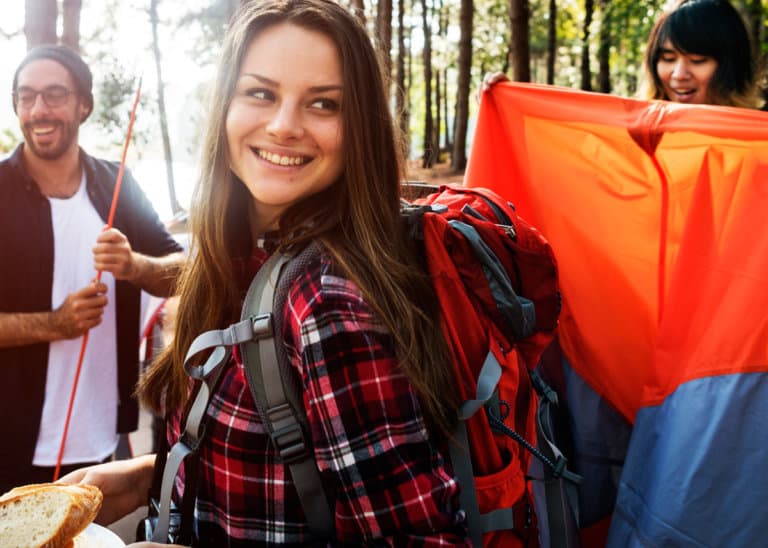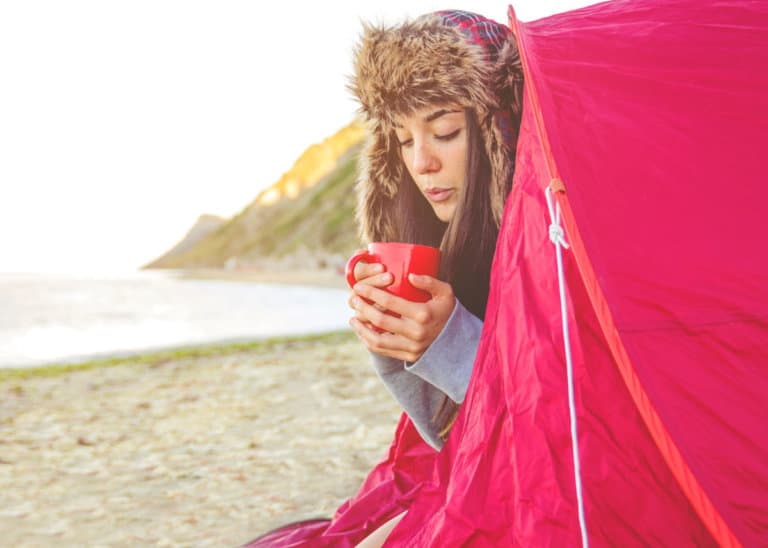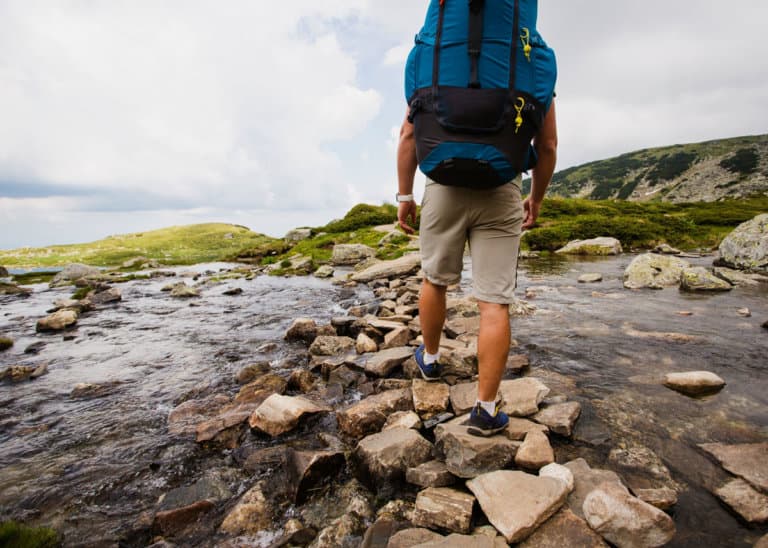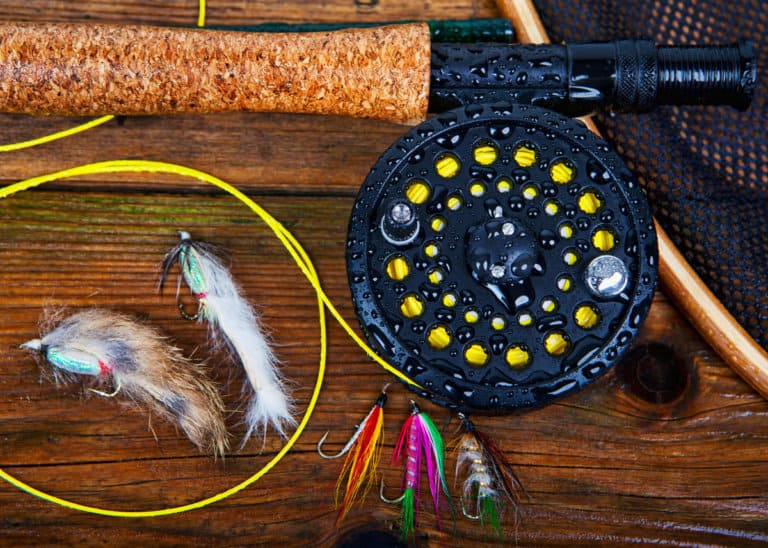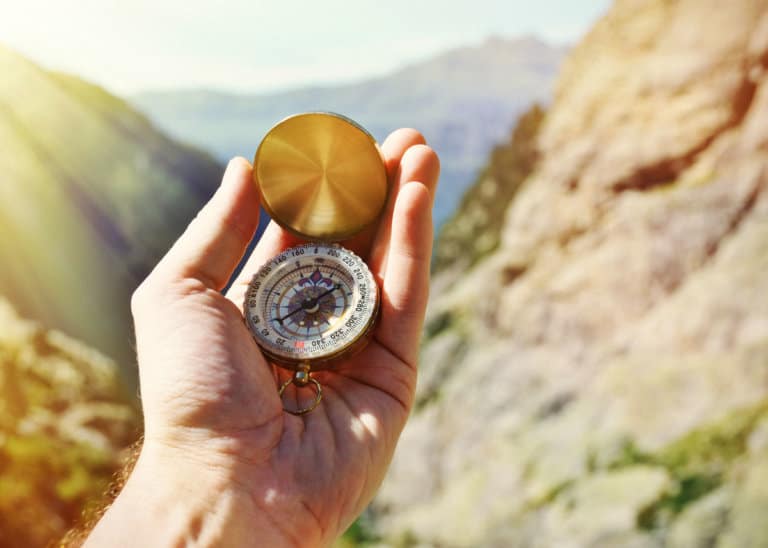7 Best Travel Water Filters & Purifiers (8 Factors Compared)
Concerned about safe water while traveling? This post will help. In this article, you’ll learn how to choose the best portable water filter or travel purifier for your trip (including the 8 features to consider).
And I shortlist the 7 best water filters for travel (and the best expat water purifier).
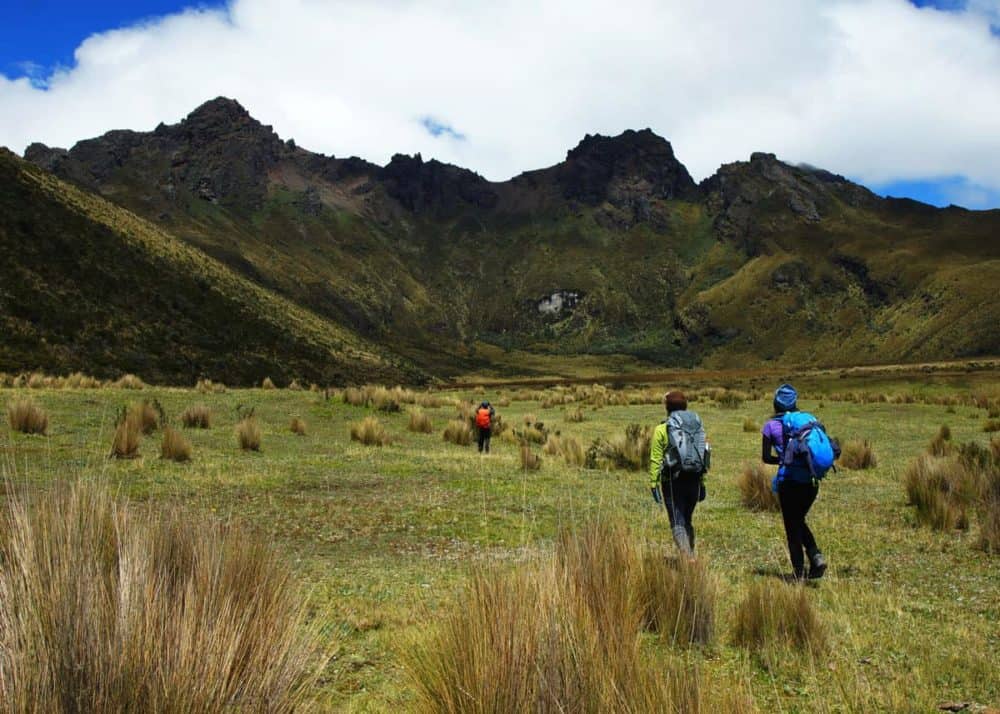
These purifiers get rid of parasites, bacteria, protozoa, and viruses harmful to humans. Those surprise little nasties in the water are the main reason travelers get sick each year, especially in countries without clean drinking water or the infrastructure to treat their water.
Best Portable Water Filter for Travel
Bottled water, portable water purification, or water filtration device? The good news is that you don’t have to spend a fortune daily on bottled water.
2 Top Picks: Travel Water Filters
Before we get to the full guide and all the specifics, here are our top picks. If you don’t want the backstory – and just our recommendations – here they are.
Please note: to remove protozoa, bacteria, and viruses you’ll need both a filter (like the Lifestraw bottle) and a purifier (like the Steripen UV water purifier).
- Steripen UV Water Purifier (Use any bottle): This is great for travel. Charges via USB, up to 50 treatments per charge. Use any bottle or dish. This is a must to ensure that all contaminants – including viruses are removed.
Travel Berkey Water Filter (Best for expats): If you are going to have a permanent base, you should consider this countertop filter. It will give you all the water you need (holds 1.5 gallons) and the replaceable filters last for 6000 gallons. This is available in 4 larger sizes (up to 6 gallons). Just be sure to see what will fit in your luggage.
Okay, so now back to the post:
Why not use bottled water? Bottled water is expensive, heavy, and can be hard to find if you are traveling long distances, especially in remote areas. Having to stop to look for little stores along the way can be frustrating to you and everyone else, or when traveling in remote areas there may not be stores.
First things first, let’s get started with the basic differences between a portable water filter and a portable water purifier and go from there.
What is safe drinking water?
Safe drinking water is free of protozoa, parasites, bacteria, and viruses making it safe for human consumption. In other words, you won’t get sick when you drink the water.

Water Filters vs Water Purifiers
In the past, travelers either had to boil water or use harsh chemical treatments that left a gross taste in their mouths.
While both options are still good, some ways are faster and free of chemicals.
Difference between water filter and water purifier?
The main difference is in the level of protection. There are 3 classes of microbes to be concerned about. Only water purifiers remove/kill them all.
- Water filters remove protozoa and bacteria. They clean the water by removing particles, protozoa, parasites, and even bacteria. They filter it to make clean drinking water by also removing grit, floating particles, and debris so it looks clearer and more palatable. But, because viruses are so minuscule they can slip through the microfilters, even the tiniest ones of .02 microns.
- Water purifiers remove protozoa, bacteria, and viruses. Water purifiers take it to the next level by purifying the water which means eliminating parasites, protozoa, and bacteria like a filter does but also killing or deactivating viruses so they cannot make you sick.
So, why would anyone choose a filter if it doesn’t get rid of viruses?
- Filter: You might choose a water filter if you’re traveling in the country you’re from. If you’re used to the water, know that it is clean, and are more concerned about flavor then a filter might be all that’s needed.
- Purifier: But when visiting a new country where you’re not used to the water, it’s a good idea to take some form of purification with you. Not only may the water be contaminated – but your system isn’t used to the local microbes which could make you sick. You can make the water safe with UV light, purification tablets, or actual water purifiers.
Now let’s discuss the different types of portable filters and purifiers you can take with you on your trip.
3 Types of Water Purifiers
Water purifiers come in all shapes and sizes. The best ones for travel are made of lightweight but durable plastic with metal or ceramic filters and are generally light enough to slip into your luggage or backpack.
A UV light or purifying tablets are also good backups and worth taking along as well when traveling to a country with unsafe drinking water.
You have three choices for making your water safe to drink:
- Portable water purifier
- Portable water filter
- Water filter in conjunction with purifying tablets or UV light.
*Just remember if you are opting for the purification tablets, try one before you leave on your trip because they can have a chemical taste in your mouth. It’s better to know before you go just in case you aren’t willing to put up with the taste.
What it Needs to Have
A microfilter (.02 microns) that will remove just about everything is the first thing you need to make sure it has.
Some filters are only designed to remove particles from drinkable tap water and have a much larger filter that will not stop bacteria or protozoa so be sure to check that no matter which purification system you choose, its filters are small enough.
7 Ways to Clean Water
1. Filtration Straws
Straw: by far the smallest and easiest to use. Filtration straws are lightweight, made of durable plastic which is an excellent choice for backpackers, easily fitting into a side pocket or inner sleeve of your pack.
- Pros: Extremely portable, it hangs around your neck or straps onto your backpack’s shoulder strap and is so lightweight you don’t even know it’s there. They have a very high flow rate and good filtration.
- Cons: You have to get right down close to the water’s surface to put the straw directly into the water and suck, just like a normal straw. This may be uncomfortable or not possible in some cases depending on the water source. It also means you can’t filter a bottle to take with you for later, you can only drink directly from the source.
2. Water Filtration Pump
Pump: one of the greatest advantages of a pump system is the volume it can produce which means you can fill multiple containers in a short time to take with you so you don’t have to stop as often or look for water sources all the time.
Another great advantage is that its hose can reach down into a stream, river or other water source.
- Pros: Easy to use, compact, high-flow, capable of filling hydration packs, water bottle storage containers.
- Cons: If the first line becomes dirty it can contaminate the second line so make sure to clean and stow your device properly. Also, have a way to flush it with clean water if it does get contaminated before starting again.
3. Gravity Fed Water Filter
Gravity: filtering through gravity usually means hanging a large bag from a tree and sitting back and waiting for the filtration device to do its thing.
They have made great advances in this arena and now a 2L bag can be filtered in about 3-5 minutes filling water bottles, hydration packs, and additional containers quickly.
- Pros: Can usually filter a large volume of water great for family camping.
- Cons: It is larger and more cumbersome so not really a great option for backpacking or international travel.
4. Squeezable Water Filter Pouches
Squeezable pouches: Just attach a water-filled pouch to the filtration device and squeeze the water through yourself to fill water bottles, hydration packs or carry containers. These pouches attach to mini filtration systems and some straws.
Making straws more versatile, they allow you to fill the pouch directly from the source and then filter it into your water bottle or hydration pack. They are lightweight and easy to pack, taking up very little room.
- Pros: Easy to use, quick to fill, versatile allowing you to fill any type of water container, bottle, or hydration pack.
- Cons: Bursting, tearing, or splitting can happen so make sure to have a couple of backups when traveling. It’s not like you will be able to run to the nearest store and buy another one in a remote area.
5. Water Bottle with Filter
Water Bottle: filters built directly into your water bottle are an easy way to get clean filtered water.
- Pros: Portable, attached to the exterior of your backpack or bag for accessibility and they are sturdy and generally able to withstand a few knocks and drops. Plus, they are easy to use, just fill and go.
- Cons: If you are going to an area where the water has a higher degree of contamination than in North America or Canada for example, which is where these are designed for, they may not eliminate viruses.
It’s easy to drop a purification tablet in half an hour before you are planning to drink or zap it with a UV light to eradicate viruses and anything else that may be in the water.
6. UV Sterilizer Light
UV purifier: tiny, compact, and lightweight a UV pen is a must-have bit of kit for avid travelers who frequent countries with unsafe drinking water.
It is recommended to filter your water first to remove floating particles and debris to ensure the greatest effectiveness possible. It’s easily packed in your luggage and most are rechargeable so you don’t have to travel with batteries.
- Pros: Total package destroying viruses as well as all other nasties that may make you sick. It is a purifier, not a filter.
- Cons: The main problem with a UV purifier is that if the water has a lot of floating particles in it, it is not as effective. Purifiers won’t clear particles from the water so if you are not filtering your water first, it can get a little gritty.
7. Purification Tablets
Tablets: Something capable of killing viruses, parasites, protozoa and bacteria to make safe drinking water is your main concern so you may not worry about how it tastes.
We do recommend that you try one before you leave on a trip because if you don’t like the taste when adding it to your drinkable tap water at home, then chances are you will hate it when using it out in the field. These are easy to use, just add them to your water bottle and give it about 35 minutes to do its work.
- Pros: Easy to travel with, just one small bottle, cheap, long-lasting.
- Cons: You may not like the taste and in colder temperatures, chemicals can take a lot longer to become effective. If traveling at higher altitudes or in lower temperatures be sure to allow extra time for them to work.
More reading: How much water to drink while backpacking
How to Choose a Travel Water Filter: 8 Factors
Is it your primary water source while trekking through remote areas? Or, is it to make tap water drinkable as you go from hotel to hotel and will probably buy water along the way or have it supplied in your room daily?
Depending on the type of traveling you will be doing, here are eight things to consider before making your purchase so you find the one that meets your needs.
- Size: Compact is key for travel. How much room you have in your luggage or backpack to allocate for a water purification system has a big impact on the type of purifier you buy.
- Lifespan: Especially when traveling through countries without safe drinking water, you want something durable that is built to last. Something hardy enough that it won’t get damaged in transit, while you are traveling and if it will stand up to a few knocks.
- Cost: This is a biggy. How much is not getting sick worth? Just imagine picking up a parasite or getting sick during your trip and being rushed to a hospital where you hope your travel insurance will cover everything. Is it worth the extra $50 to get the purification system you want and know will keep you safe? You can buy a good filtration system and use a UV pen or tablets in conjunction to make 100% safe drinkable water which may work out cheaper.
- Weight: For all international travel there are weight restrictions on luggage. You want small, as lightweight as possible but still good enough that it does the trick. If you are trekking and having to lug your backpack around daily then weight is a huge factor.
- Durability: Look for filtration and purification devices that can take a knock without breaking. Ideally, you want something with as little interior componentry as possible. The more complicated it is, the more that can go wrong. Plus, if you are reaching down from a riverbank and slip and drop it, you want to have confidence that it will survive a small fall.
- Replacement filter availability/cost: No matter which device you choose to take with you, making sure you have a couple of spare filters is wise. In South America when you are touring around, chances are you won’t be able to find replacements easily.
- Flow Rate: If you’ve just climbed a mountain to get photos of that amazing scenic view, then you’ll want a drink in between all the huffing and puffing. You won’t want to wait half an hour for it to filter enough so be sure to check the flow rate before you buy. High-flow = good.
- Filter Capacity / Ease of Use: All filtration and purification devices will clearly state how many liters or gallons you are expected to get from each of the filter’s lifespans before you need to replace them.
*Ceramic filters are not recommended for travel as they add weight and are more fragile, sometimes shattering if dropped. If traveling from Point A to Point B, they can be packed to travel safe.
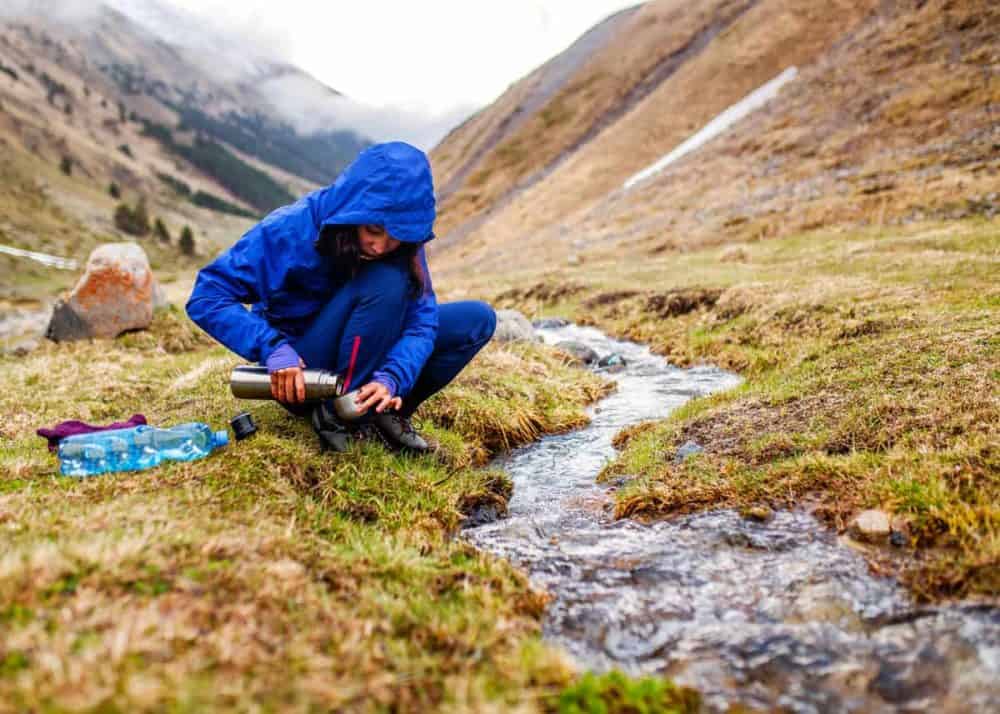
7 Best Portable Filters and Purifiers
1. Lifestraw Personal Water Filter
Small enough to hang on your daypack’s shoulder strap, Lifestraw’s microfilter (0.2microns) removes 99.9999% of bacteria, protozoa, parasites, microplastics and sediment to make clean, safe drinking water.
Check the current price on Amazon or LifeStraw
Capable of filtering 4,000 liters (1,000 gallons) just remove the caps and place one end in the water to drink. The water comes through clean tasting because it doesn’t use any chemicals so your water is cleaner and fresh. Meets the US EPA and NSF water filtration standards.
2. Katadyn Vario Water Filter
A powerhouse that filters through microfilters down to .02 microns. Capable of removing parasites, bacteria, and protozoa it’s easy to use by just placing the hose into the water source, hand pumping a few times, and letting the high-flow filtration system do its work.
Check the current price on Amazon or NRS
Produces 2 quarts per minute in the faster flow mode. Replaceable carbon core keeps water tasting fresh, and reduces chemicals, toxins, and odors. The adapter base attaches directly to a standard 32oz Nalgene water bottle opening.
3. Sawyer Mini Water Filtration System
Tested to the highest-level filters can be tested to the .1-micron filter tested extensively without a single breakthrough of protozoa or bacteria.
Extremely versatile, it is easily used as a straw, or by attaching a squeeze pouch to filter drinking water into a bottle or hydration pack. You can also drink the water from the squeeze pouch directly by just attaching the straw to drink on the go.
Check the current price on Amazon or REI
It also attaches to most standard water bottles, so if you did have to buy a bottle of water, you can recycle that plastic water bottle by filling it and attaching the straw to drink through.
4. Lifestraw Go Water Bottles
All the benefits of a Lifestraw inside a water bottle. It is as easy as filling your water bottle from the source and walk away drinking. The bottles themselves are BPA-free plastic and durable so you’ll have it for years and it will also stand up to all the knocks and rough treatment of travel.
Check the current price on Amazon or Target
It’s recommended to change the carbon filter after 100 liters so if you are traveling for a long time make sure to pack a spare.
5. Steripen Ultra UV Pen Purifier
Destroying over 99.9% of viruses, bacteria, and protozoa this portable purification system can handle anything.
Check the current price on Amazon
Able to purify a liter of water in 90 seconds this purification device can handle purifying 50 liters of water with one charge before being easily recharged via laptop USB, wall socket or portable solar panel if you’re in remote areas. Capable of over 300 charges in its lifetime, that equals 15,000 liters of clean drinkable water.
6. Potable Agua Water Purification Tablets
For a germicidal water treatment, just add two tablets per liter of water in your bottle or container and wait for half an hour.
Check the current price on Amazon or Bass Pro
It needs time to sterilize anything that water may hold and make it safe to drink. These are a cheap, easy-to-travel way of making questionable water safe.
7. MSR Guardian Purifier
Able to withstand just about anything, this purification system is drop-proof, capable of handling freezing temperatures, and is military-grade.
Check the current price on Amazon
It has been tested in the most unsanitary of water sources and proven 100% safe removing all viruses, bacteria, protozoa, and parasites to leave tasty clean, clear drinkable water.
Worth the extra money if it is your only source of drinking water trekking through remote areas. More reading: How to safely purify river water for drinking
Best Expat Water Filter: Travel Berkey
The Travel Berkey holds 1.5 gallons and can filter almost 3 gallons per hour. It removes bacteria, chlorine, chloramines, heavy metals, and pharmaceuticals.
Check the current price on Amazon.
The replaceable filters last for 6000 gallons. The Berkey is available in 4 larger sizes (up to 6 gallons). Just be sure to see what will fit in your luggage.
We used a countertop water filter while living in Ecuador. And we still have a Berkey on our counter here in Canada.
What is potable water?
Water that is safe to drink or use in food preparation and cooking.
Once you have filtered or purified water to remove anything that may be harmful to humans, it is classed as potable water.
Here’s more about determining safe drinking water.
What do water filters remove from the water?
They remove debris, particles that cloud the water, bacteria, protozoa, parasites and anything else above .02 microns. This means even puddle water can come out crystal clear.
Just remember, a filter doesn’t remove viruses so zap it with a UV pen once it’s filtered and you’re good to guzzle.
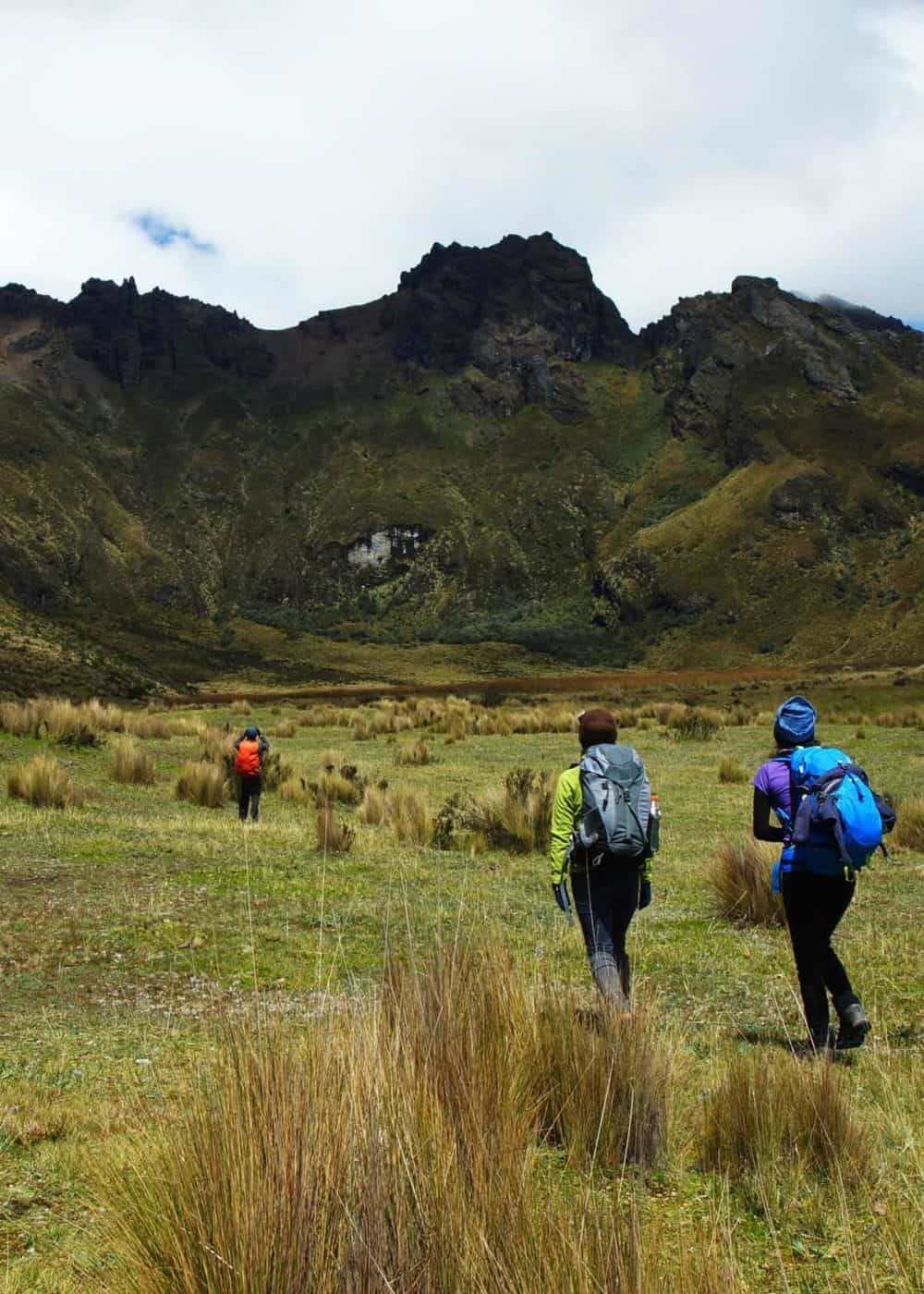
A Traveler’s Guide to Safe Tap Water
Safe water can be a pretty big issue. Not only can it ruin a perfectly good trip with diarrhea, but bad water can also carry hepatitis A, typhoid, and cholera. This is nothing to play around with.
When it comes to amoebas and parasites, it pays to be a bad host.
It isn’t just what you drink. Bad water can make you sick while swimming, brushing your teeth, ice cubes, and while in the shower.
Your Turn
How do you plan on having a safe supply of water on your trip? What’s your favorite filter? Join me in the comments below!

